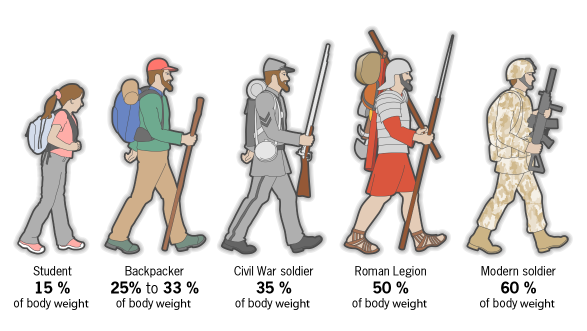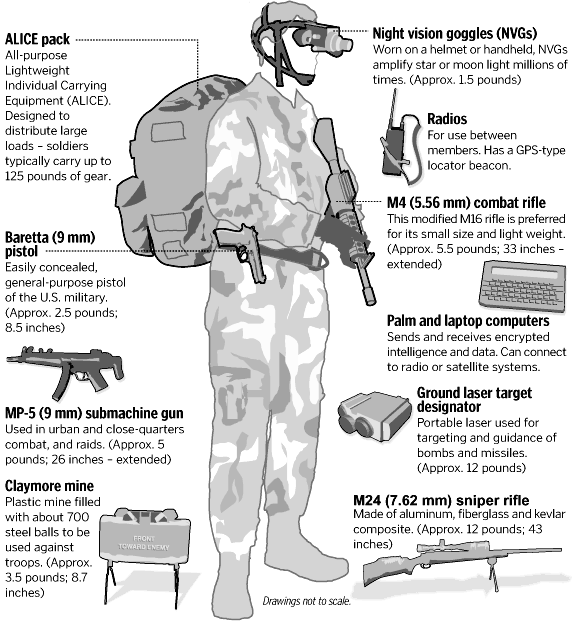Even if you're a talented independent product or furniture designer-builder, there's another crucial skill you need to succeed: The ability to negotiate that complicated middle layer between you and your desired customer. Let's say you've got a small handcrafted object that you think would sell well at Urban Outfitters; you must identify that company's buyer(s), somehow secure a meeting, sell them on your product, and be ready to scale production up at a moment's notice. If you're a furniture designer-builder, you must do the same with one of the handful of kingmaking furniture showrooms around the world. And both instances require you to have a lot of cash on hand, as you're the one who'll be fronting the money, and you won't see your first check until the items start to move.
For those not ready to take those steps—or for those not yet confident enough in their ability to execute them—Amazon has launched a new service, Handmade, that's a potential game-changer for the independent artisan. Amazon Handmade provides you the opportunity to get your handcrafted items in front of literally millions of customers who are already shopping for the exact category of goods you're making, and unlike Etsy, Amazon is the world's largest retailer of goods, period. (Earlier this year, they surpassed Walmart.)
Also differing from Etsy are the fees. Whereas Etsy charges 20 cents per listing and takes 3.5% of your sales price, Amazon charges nothing per listing--but takes a whopping 12%. The latter company is presumably hoping that their 250-million-strong customer base will lead to steady sales and make the pill go down smoother.
To get in on it, one must register/apply, create a profile, use Amazon's listing tool to create an entry for your product, and of course be ready to ship the product.
As far as the definition of "handmade," Amazon states that
All products available in your Handmade at Amazon store must be made entirely by hand, hand-altered, or hand assembled (not from a kit). Products must be handmade by you (the artisan), by one of your employees (if your company has 20 or fewer employees), or a member of your collective with less than 100 people. Mass-produced products or products handmade by a different artisan are not eligible to sell in Handmade.
As far as how they'll enforce the non-mass-produced policy, it appears that the screening occurs during the application process. We've gone over the application, and for the Core77 readership, we're guessing the following questions will be the ones of most interest to you. (Please note that the letters and numbers are ours, added for the sake of discussion further down.)
1. How do you make your products?
A. Entirely handmade
B. Handmade but with the use of light machinery that is not automated
C. Hand-altered
D. Made from a kit
E. Mass-produced
2. Is any part of your production process or components (e.g., castings for rings) of your final product mass-produced?
A. Yes
B. No
3. What type of equipment do you use?
A. Hand Tools
B. Light-machinery
C. Semi-automated Machinery
D. Fully-automated Machinery
Based on the program's rules, it appears that if you answer 1-A, 2-B and 3-A, you're in.
If you answer 1-C, 1-D, 1-E, and/or 3-D we gather you're out.
The remaining answers appear to fall in a grey area; for example, they can hardly fault you for using mass-produced fasteners. Presumably to clear up these grey areas, the application also contains what you might think of as essay questions: One asking "What makes your product unique" and another asking you to "Describe your production process in detail," both with 500-word limits. It is here, we suppose, that you can explain that your handmade wooden speaker contains off-the-shelf electronics, or that your dining table incorporates custom CNC-cut brackets of your own design.
The current product categories eligible for the Handmade program are:
Jewelry, Home products (Art, Baby Bedding, Bath, Bedding, Furniture, Home Décor, Kitchen & Dining, Lighting, Patio, Lawn & Garden, Storage & Organization), Party Supplies and Stationery
The company says they are "working to open up more categories in the upcoming months."
It will probably be some time before we begin to see reports from pleased or disgruntled creatives that were approved or denied based on the specifics of their production; if any of you decide to dive in, please let us know how you fare.
To see what people are currently selling on Handmade, click here. To learn more about joining the program, click here.

























































































